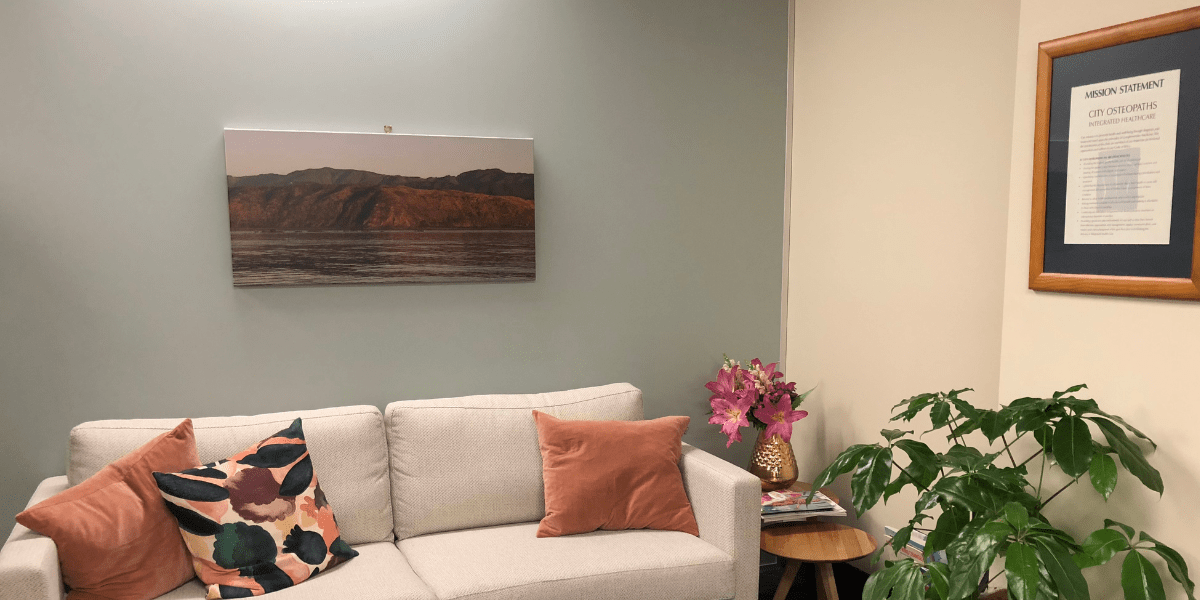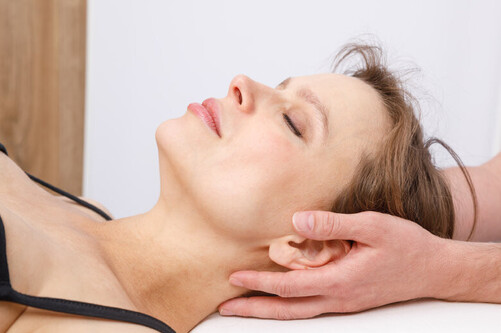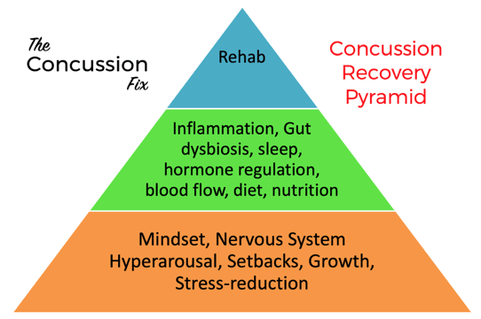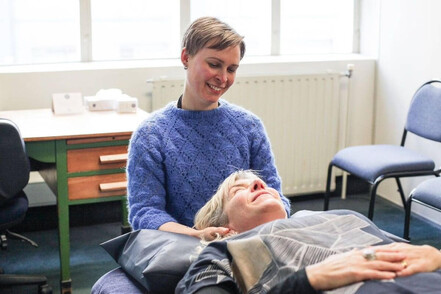Besides all the exciting tests and exercises you may get, there are a few very basic things that can be invaluable to do for your concussion recovery.
As with anything, getting the foundation right is key to building on it and ensuring you reach your goals — and stay there. Here’s a Concussion Recovery Pyramid (from Complete Concussions and The Concussion Fix) that helps to understand how the building blocks of recovery are organised.
The foundational layer is made up of your mindset and balancing your autonomic nervous system. The second layer focuses on handling inflammation in your body, especially in the gut, balancing your microbiome and hormones through healthy food choices, targeted supplements if needed, and good-quality sleep to support healing. The final layer, the cherry on top, is the rehab work you’ll do.
The key point: the first two layers need to be in place before the last one can be truly effective.
So what can you do?
1. Set your mindset. Yes, it’s frustrating to still have symptoms, and yes, there will be setbacks. But most importantly: yes, you can get better. Setbacks are part of the process and say nothing about your longterm success. Lean on your social support system and health professionals, get help when you need it, and remind yourself that recovery is a choice you can keep making every day.
2. Balance your autonomic nervous system (ANS). The ANS controls involuntary functions like heart rate, blood pressure, breathing, and digestion. It has two branches:
Sympathetic nervous system (SNS): fight or flight
Parasympathetic nervous system (PSNS): rest and digest
After a concussion, the balance often shifts toward SNS dominance - meaning your body stays in a heightened stress state, which can worsen symptoms. Restoring balance between the two systems is essential for your recovery and for everything else to work effectively.
3. Prioritise sleep. Good sleep is non-negotiable for brain healing. Check out these tips for improving sleep quality. In addition, get 20–30 minutes of natural light exposure (even on cloudy days) without sunglasses - just don’t look directly at the sun. This helps regulate your circadian rhythm and improves sleep quality.
4. Nourish your body. Eat whole, nutrient-dense foods. Avoid highly processed foods, fried foods, processed sugar, gluten, and dairy (common allergens), as these can increase inflammation. Skip alcohol, too. Maintain this way of eating consistently for at least 6–8 weeks to support gut healing and reduce inflammation.
5. Move regularly. Gentle, subsymptom-threshold aerobic exercise (20–30 minutes, 5–6 times a week) helps regulate the ANS, increase blood flow, and reduce symptoms.
6. Do targeted rehab — when ready. Rehab exercises are highly individualised and should be prescribed by a concussion professional after a thorough assessment.
Take-Home Points
The most important step after a concussion is to see a trained concussion professional who can guide you with a personalised recovery plan.
The most powerful parts of that plan are often the basics: mindset, balance, rest, nutrition, and movement. After a concussion, you have less leeway with these fundamentals, so commit to them fully for at least 6–8 weeks.
Do you remember the story of the hare and the tortoise? The hare races ahead, burns out, and has to rest, while the tortoise moves slow but steady, and wins. In your concussion recovery, be the tortoise. Steady, consistent effort wins the race.
Call to action: If you’ve had a concussion, don’t wait. Book an appointment with a concussion-trained osteopath to start building your recovery from the ground up - safely, steadily, and effectively.
To find out more about author Venla, click here.
